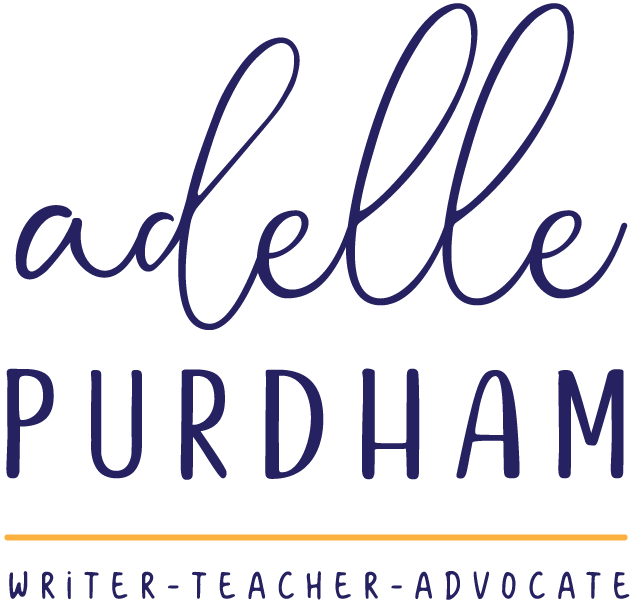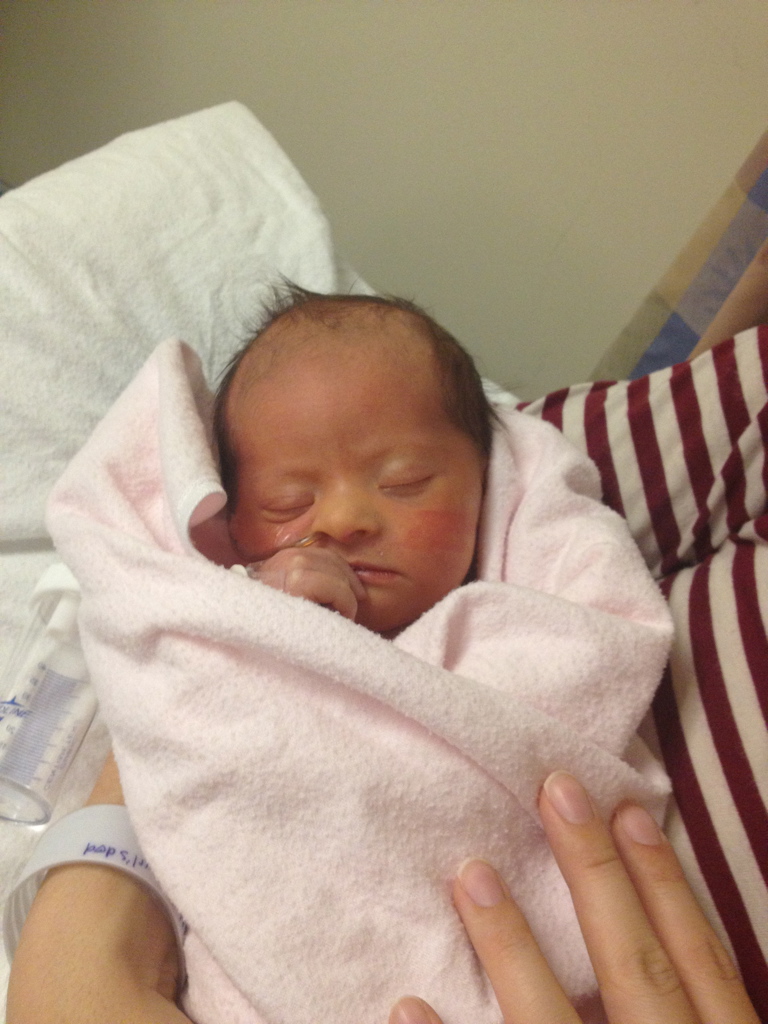Recently, after having read The Book of Delights, I fell a bit in love with the author, Ross Gay—the book was that good. This falling in love with people is something that happens to me as a person who holds romantic notions inside her head. I let myself get swept away. Offer up my heart. It’s just not something I’m willing to keep boxed up and tucked away. I wrote Ross Gay a note, professing my undying love for his book and he…never wrote me back. Rejection. This is the name of the game with being a writer and being a human. Sometimes you connect with the other person, other times you don’t.
But this post isn’t about Ross Gay (even though I think his work is wonderful and definitely worth reading), and it isn’t about rejection (though writing involves heaps of it); instead, this post is about my admiration for disability author and advocate Amanda Leduc and it’s about organizing a fabulous book launch and it’s about writing community.
I attended Amanda’s virtual book launch recently, hosted through a Zoom webinar with the support of her local bookstore in Hamilton, Epic Books. I’m going to stop right there for a minute. Local bookstores. Take a minute to shop in them. I placed a huge book order in my hometown’s local bookstore right after Amanda’s talk and got a lovely thank you note. I’m learning about the beauty of local bookstores, and I have my MFA to thank for that. Local bookstores support authors by hosting literary events in their spaces (or providing tech support online), and they buy local authors’ books and host them for book signings and other events. Most books sell by word of mouth, so these types of on-the-ground events are so important. I ordered two of Amanda’s books last night: Disfigured and her newest release The Centaur’s Wife. Book events can equal book sales, which is obviously good for an author.
Back to Amanda Leduc’s book launch. What made it so good was the bringing in of others and Amanda herself who is articulate, real, vulnerable and intelligent. She talked about “post-traumatic growth” and how some people use grief to imagine themselves into a new world. She talked about grieving, but also surviving, “the wonderful work of survival,” she said. She writes mainly fiction, but she’s an idea writer. I love idea writers. And by that, I mean, there are juicy bits I can grab onto that inspire my own work. Here’s an example of a thought fragment that appealed to me, “…lay them out in the sun…what the light shows.” The idea here of something being examined, exposed, but with the light, you know it’s good, pure. I can work with this.
Amanda bravely shared the story of losing her best friend to cancer in December, “you wake up and your world is completely destroyed.” The core of her book, The Centaur’s Wife, is about grief and loss. Desire and grief intertwined. She realized almost near the end of writing the book, which she started in 2016, that she was writing a road map for herself about grief, to deal with the loss of her best friend. I cried tears with her on the other side of the computer screen as she told the story. And I cried harder when she said that sometimes a happy ending is putting one foot in front of the other. If you’ve been through grief, then you will know what she means.
Amanda Leduc not only spoke about writing strange worlds, with fascinating details such as, were they to be real, a centaur—half person, half horse—would need to have two hearts, but she gave inspiring bits of wisdom to writers of all stripes.
Simply by attending her book launch, I learned what I would like my own book launch to look like. She had a fantastic host, author Jael Richardson, and an engaged interviewer in author Larissa Lai. A beautiful singer/songwriter, Victoria Carr, who was cast as the actor to read Amanda’s audiobook for The Centaur’s Wife, opened the launch with a moving song about a high green hill. Anne Collins, Amanda’s editor, was next interviewed for her perspective on working with Amanda to get the book to completion, which was so fascinating. Anne said her job, as an editor, was “to ask her the questions to help her see what she’s making.” Anne also served as a spoke’s person for the book, saying that The Centaur’s Wife is a huge answer to the question of what a diverse fairy tale can be, and she added that Amanda’s gift is “to make us feel so much about mythical creatures.”
As an aside for other writers/authors, there was a tech elf behind the scenes posting links and other bits of information in regard to accessibility, book buying, and presenter info in the chat that was perfect and necessary for the wonderful flow of the evening.
Amanda then spoke in an interview/conversational format with interviewer Larissa Lai about The Centaur’s Wife and the writing process. She talked about advice she received early from the brilliant short-story writer John Gould, “You can do whatever you want in a story!” and she took those words to heart creating fantastical worlds. She also shared Sheila Heti’s words, “You’re writing yourself into the person you need to be to finish the story.” Amanda faced real struggles with her book, overthinking at the beginning and getting stuck later on in the writing process, which was nice as a writer to hear and commiserate. But she advised writers to “trust the story and where the story is taking you,” acknowledging “it’s a hard thing to trust the narrative and trust yourself as a writer.” “Get comfortable with the ragged edges of things,” she says.
She talked about finding a writing community, which is a common refrain writers hear often, but then added a qualifier which I loved, “a community can be one person who is just your cheerleader.” I like how that takes the pressure off. One person seems manageable. Her description of finding the right actor for her audiobook also taught me about that process of the audition reading and finding someone who understands your book.
But Amanda Leduc isn’t just an incredible writer, she’s a disability advocate. A woman with Cerebral palsy. I am deeply inspired by her commitment to the disability community and to making her book available in every accessible format: braille, accessible pub, audio and conventional print (Check out CELA and NNELS for more information). I hope to be able to do the same with my books. Amanda is also the Communications and Development Coordinator at The Festival of Literary Diversity, FOLD, Canada’s premier literary festival. She uses the centaurs in her book as a disability metaphor; an “act of disability reclamation,” as Dorothy Ellen Palmer put it. Her book asks the question: who survives catastrophe? Maybe someone who’s gone through adversity, Amanda proposes.
She talks about her own mindset switch: “Not, why don’t I walk like everyone else, but nobody walks the way I do.” I love the empowerment of her words. “There’s always been a space for me,” Amanda says, “I just needed to claim it.”
Amanda’s claim that writers inhabit weird worlds was a reminder to me that I spent my evening listening to a woman talk about a book about centaurs and thorough enjoyed myself. But The Centaur’s Wife is so much more than that, as is every world we create as writers.
At the end of her book launch, Amanda took the time to properly thank the many people who’ve helped her along the way. “A book takes a village,” she said.
During my writing day, I sent out a new essay for feedback to four different people, for a variety of reasons: from beta testing to fact checking to literary content to seeking permission to tell someone’s else’s story. I couldn’t agree more, Amanda, it takes a village. Thank you for your wise words, the many ways you are giving back and changing the disability narrative, and congratulations on the birth of your new novel! Amanda Leduc is definitely a writer whose work you should fall in love with.



